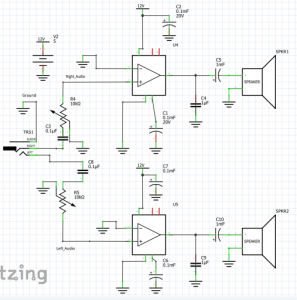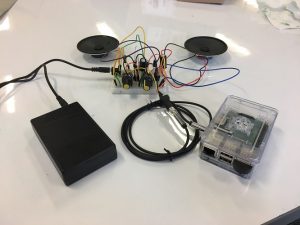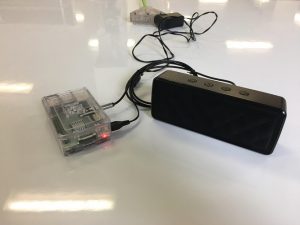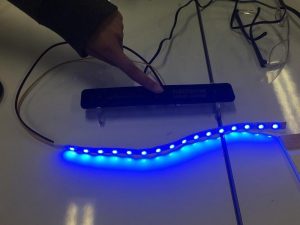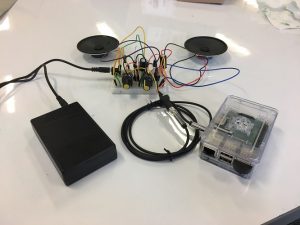Reflection
The experiences I had here taught me many different aspects of learning. All the instructors here are really helpful and kind when it comes to something I am stuck on. They try to give you little clues to help you but they really emphasize self-teaching and the ability to figure things out by yourself. While I was here I learned how to use the command line, how to build an amplifier, how potentiometers work, and much more. The project I built allowed me to experience different fields of engineering like mechanical, electrical, and software. Currently, I am trying to transpose the amplifier circuit onto a printed circuit board but this proved to be very challenging because of the complexities of the circuit. What I plan to do next is to continue building a wooden speaker container to hold all these components. In the future, I hope to explore the field of software engineering more deeply.




